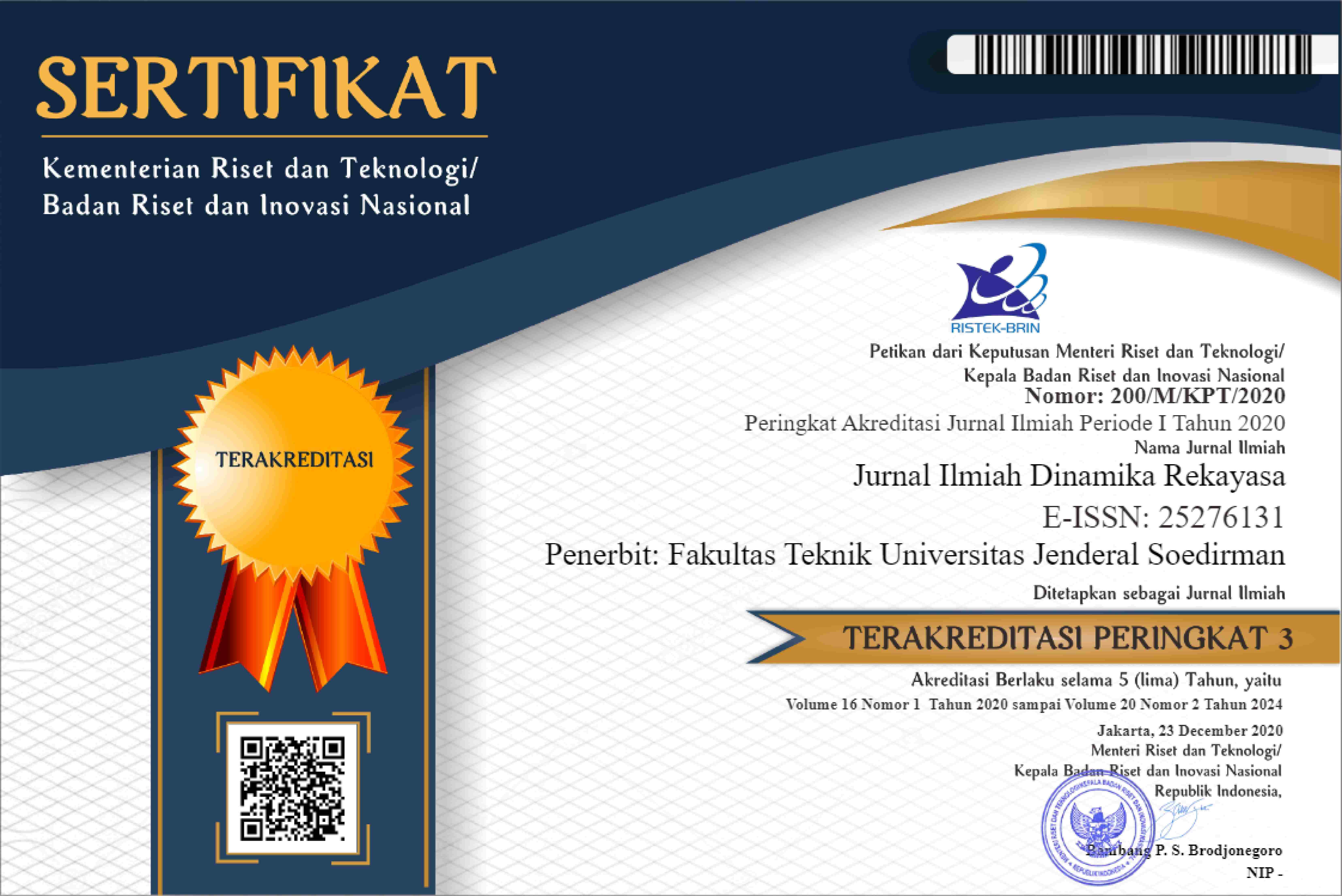Studi Analisis Pengenalan Pola Tulisan Tangan Angka Arabic (Indian) menggunakan Metode K- Nearest Neighbors dan Connected Component Labeling
Roni Akbar(1*), Eko Adi Sarwoko(2)(1) Jurusan Ilmu Komputer/Informatika Fakultas Sains dan Matematika Universitas Diponegoro, Semarang
(2) Jurusan Ilmu Komputer/Informatika Fakultas Sains dan Matematika Universitas Diponegoro, Semarang
(*) Corresponding Author
Abstract
Handwriting refers to the result of writing by hand (not typed). The writing style of people are not the same. One of the United Nations official languages, Arabic, has a numerical system known as Arabic (Indian) numeral. The identification of feature help humans to be able distinguish the patterns. The grouping patterns can be applied to the machine for recognizing object in the image. Connected component labeling is used for separating characters to be easily recognizable. K- nearest neighbors is used to find the similarity value between query image and template images are based on the nearest neighbors class. This analytical study was tested using 100 test images. The top three classification results of Arabic (Indian) handwritten recognition use k- nearest neighbors (KNN) are 86% when k = 1, 84% when k = 3, and 83% with k = 5.
Keywords
Full Text:
PDFRefbacks
- There are currently no refbacks.





